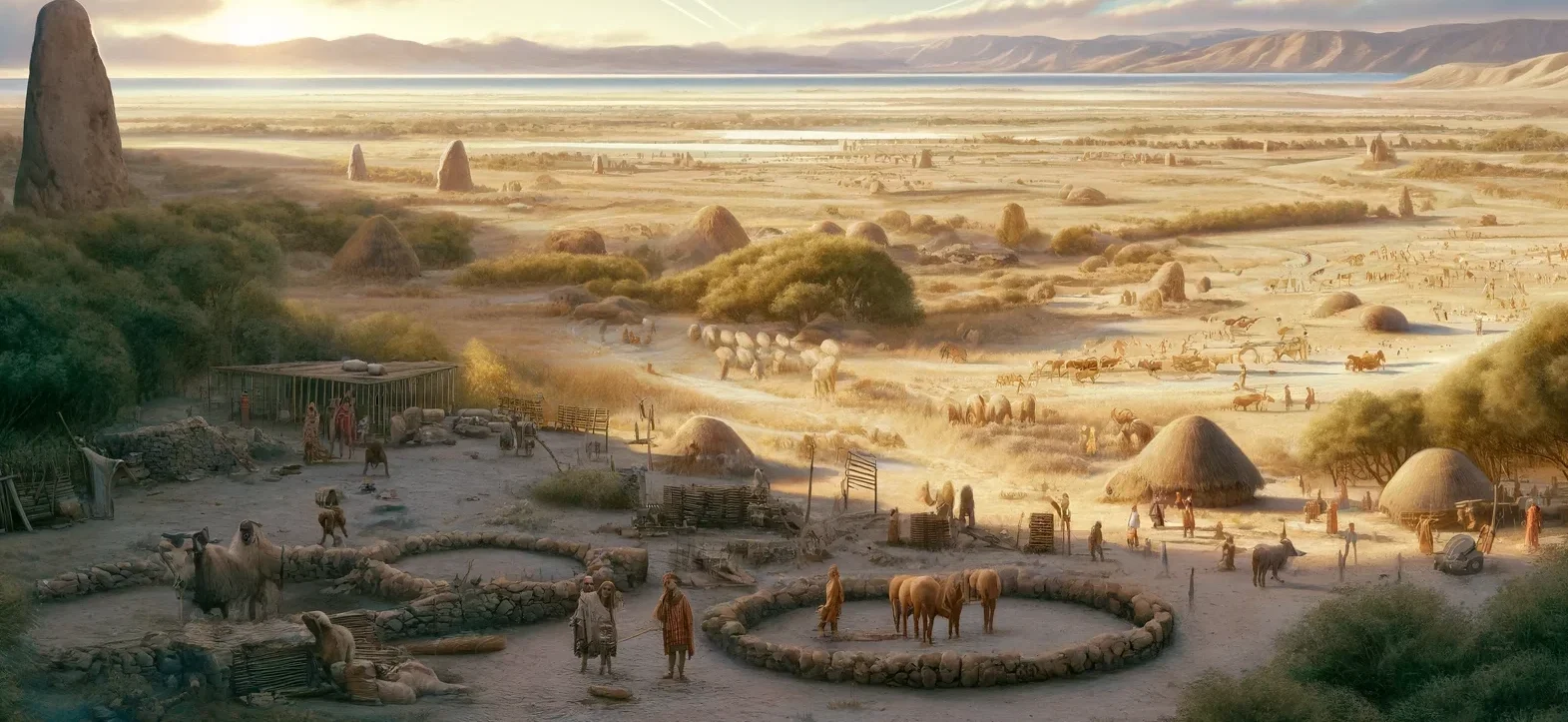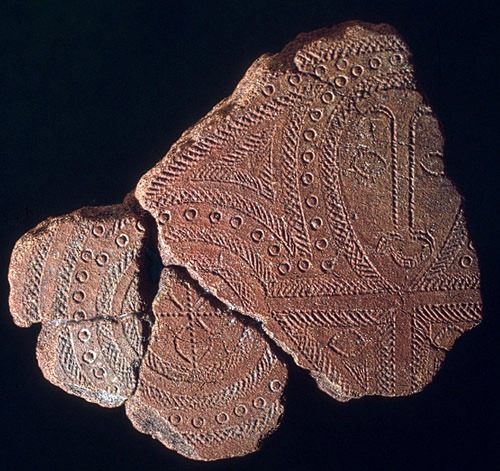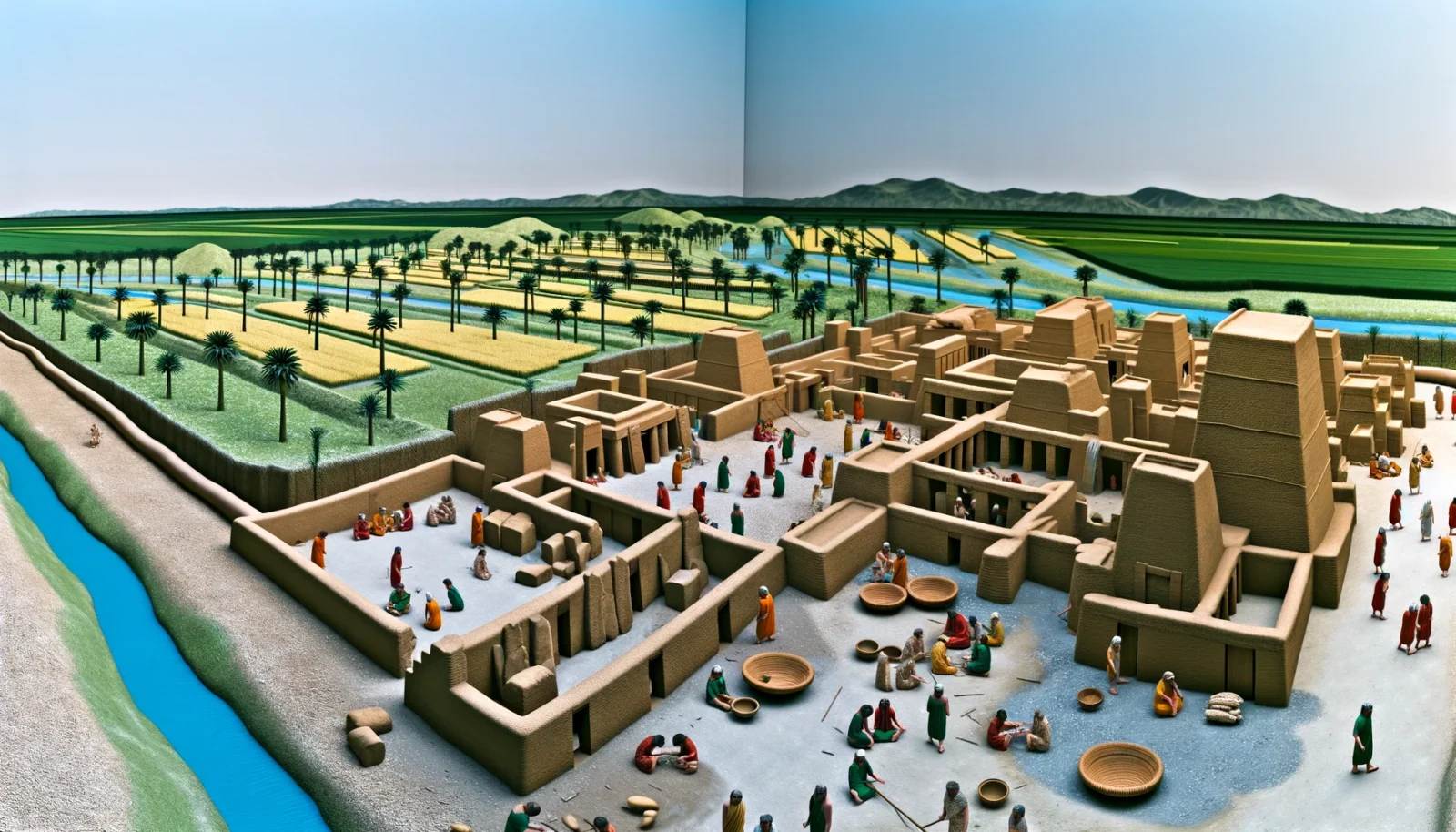Greece: Sesklo Culture (Agrarian)
Earliest known agrarian society in the Europe/Mediterranean zone: The Sesklo culture in Greece is recognized for its early adoption of agriculture, including the cultivation of cereals and legumes, and domestication of animals. This Neolithic culture is noted for its distinctive pottery and advanced housing architecture, reflecting significant societal organization. Imagined image: The Sesklo Culture village around […]
Greece: Sesklo Culture (Agrarian) Read More »







